Sound Masking System
Photo by: Vincent LionsIncrease productivity and support focus with sound masking
Get expertly designed and tuned sound masking for every environment with the LogiSon® Acoustic Network.
What is Sound Masking?
Sound masking is a simple yet effective technique for enhancing speech privacy and reducing noise distractions in the workplace. It introduces a subtle, unobtrusive background sound that blends with the existing ambient noise, making conversations and other sounds less noticeable and disruptive.
How does sound masking work?
Sound masking operates by increasing the ambient noise level in a space to obscure disruptive sounds. The principle behind this technology is that the human ear finds it difficult to distinguish between sounds of similar volume and frequency. By distributing a consistent, comfortable background sound through strategically placed speakers, sound masking makes conversations and noises less intelligible, creating a more pleasant and productive work environment.
Discover the Benefits of Sound Masking
Improve employee comfort and well-being.
Disruptive noises and conversations make tasks harder to complete. Employee concentration is affected, and errors happen more often. Stress levels rise, affecting mood and productivity, making for an uncomfortable workplace environment.
Sound masking systems create a background sound level high enough to mask unwanted noises, and low enough for acoustical comfort.
Photo by: Steve TsaiLower project costs
Sound masking can reduce the need for high-spec walls and other acoustic treatments. However, as with all acoustic treatments, the benefits of a sound masking system are maximized when used with other noise control methods.
The investment in a sound masking is also far less than the larger, long-term costs associated with lost productivity and low workplace satisfaction.
Photo by: Vincent LionsProtect speech privacy and security.
Poor acoustics is the #1 complaint among office-based professionals.
The Center for the Built Environment (which maintains one of the largest post-occupancy survey datasets in the world) points out that the lack of sound privacy has the largest negative impact on self-reported productivity and is the largest source of dissatisfaction for occupants, with 54% dissatisfied.
CBE Occupant SurveyPhoto by: Steve Tsai
With KRM's over 40 years experience in sound masking, and numerous industry awards, the LogiSon Acoustic Network is the industry-leading solution for your acoustical needs.
LogiSon is a registered trademark of 777388 Ontario LimitedReady to get started?
We are always looking for new opportunities to provide sound masking solutions for every environment. Please get in touch and one of our Project Managers will contact you.
FAQ about Sound masking
-
Soundproofing and sound masking aim to control noise but do so in fundamentally different ways. Soundproofing involves creating physical barriers to block sound from entering or leaving a space. It uses methods like insulation, thicker walls, and sealed gaps, making it ideal for environments needing complete noise isolation, such as recording studios.
In contrast, sound masking introduces a low-level background sound to cover up unwanted noises, raising the ambient noise level to make conversations and distractions less noticeable. This technique is perfect for open-plan offices where reducing the impact of noise is essential. Combining both approaches can create an optimal acoustic environment tailored to the specific needs of any space.
-
A sound masking system introduces a low-level, unobtrusive background sound to an environment, which helps mask or cover up unwanted noises. Raising the ambient noise level reduces the intelligibility of conversations and other distracting sounds, creating a more comfortable and productive work environment. This engineered background sound blends seamlessly with the existing sounds in the space, making disruptive noises less noticeable and enhancing speech privacy.
-
A practical example of sound masking can be found in an open-plan office where employees often struggle with noise distractions. Installing a sound masking system introduces a consistent background sound, which masks conversations and noises from nearby workstations. This makes it difficult for employees to overhear conversations not meant for them, thereby improving focus and productivity. Think of it like running water in a kitchen sink, which makes it hard to understand a conversation in the next room due to the raised noise on the floor.
-
You have to hear sound masking in order for it to be effective. However, it is designed to be as unobtrusive as possible. The masking sound is carefully engineered to blend into the background, avoiding distracting patterns. It is tuned to ensure you do not notice volume changes as you move through the facility. Over time, employees regard it as a natural part of their environment, providing effective noise reduction and speech privacy without being intrusive.




